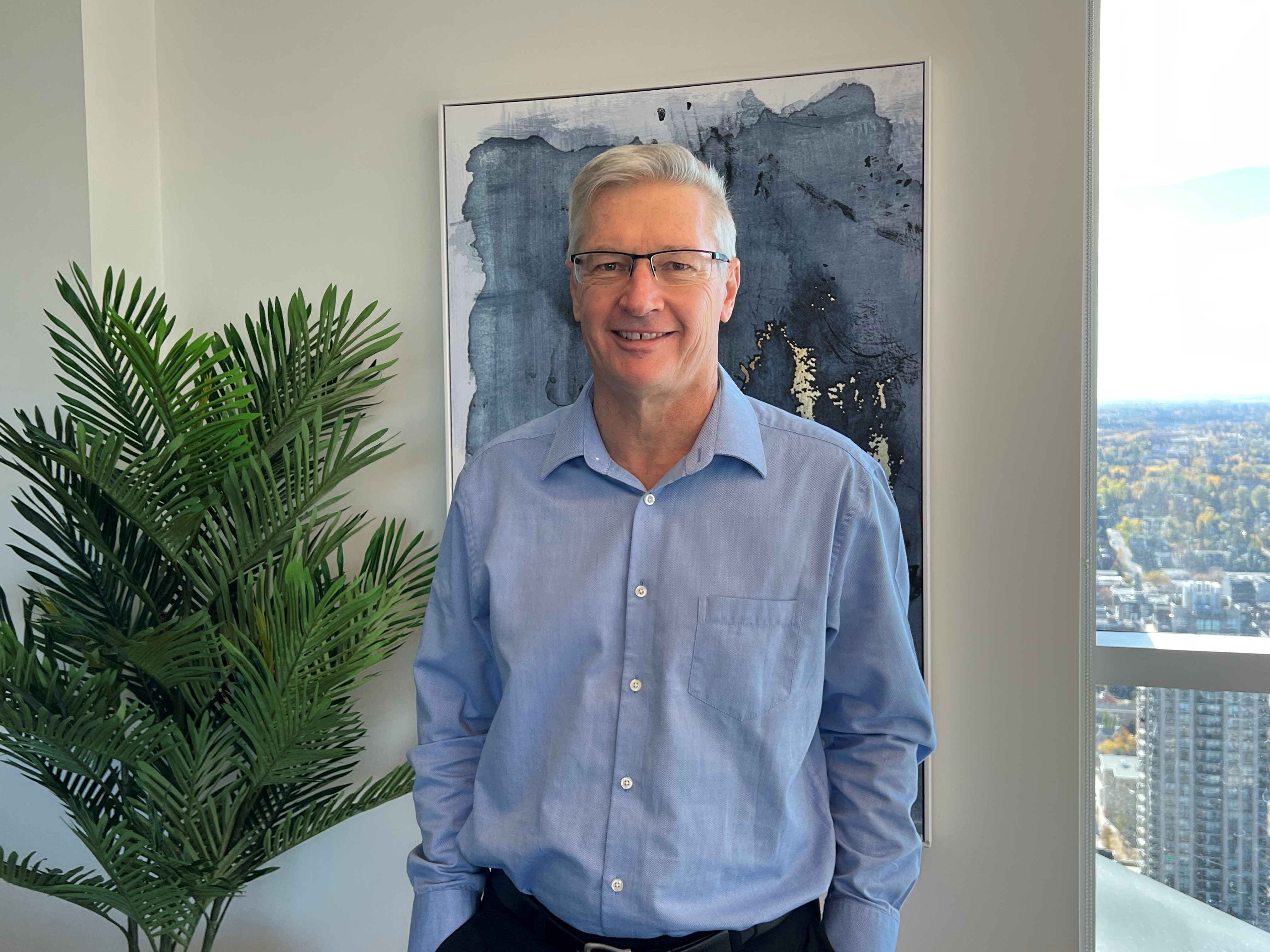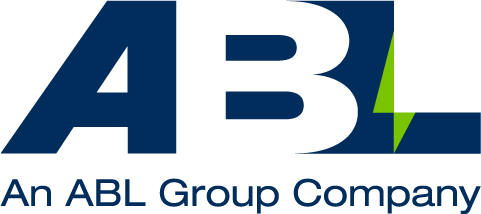Meet the team: Maintenance and reliability, with Principal Consultant, Brian Smith
Based in the Calgary office, Brian Smith, ABL’s Principal Consultant of Maintenance and Reliability Engineering, has developed a rich understanding of the challenges maintenance teams face, as well as the keys to success.
In this interview, which forms part of our Meet the team series, Brian reflects on his many years of experience which have spanned multiple regions across the globe, from Trinidad to Canada. He shares insights on how maintenance teams can overcome key challenges, and what the future holds for maintenance and reliability…

Can you share a snapshot of your career history and what brought you to Add Energy (now part of ABL)?
“My career started in the oil and gas sector, moving specifically into maintenance and reliability in 1999. Before working at Add Energy, I had my own company and subcontracted to other consultancies – I was essentially doing the same role I do now, but on a freelance basis. Since then I’ve been heavily involved in conducting maintenance builds end-to-end, from asset register, development or review, through to uploading the data into whichever CMMS the client has, most commonly SAP and Maximo.
“Over the years, I’ve built up my knowledge in all the different areas of maintenance and reliability. I can now do all aspects of the build process myself, which has allowed me to take on a managerial facilitation role, supporting our team with implementation and problem solving.”
What does a typical day look like for you?
“Depending on the project, the build process would start with an asset register, to identify what is being maintained and putting that into a clear hierarchy so you know what belongs where, and classification of the equipment so you know the equipment types, application and function.
“This is usually followed by a criticality exercise, applying industry standard Failure Mode and Effects (FMEA) techniques in order to determine a criticality rating for each asset. Once all this has been assigned, we then develop appropriate maintenance and inspection strategies to ensure the equipment is always in a safe and reliable state.
“So on a daily basis, I’m collecting data, completing assessment reviews internally or through client workshops, building and developing asset registers, as well as managing the project and the team overall. I also have a side function of developing the internal technical procedures for maintenance and reliability for the North America and Canada region as well.”

What are your key responsibilities or goals?
“It’s crucial that we are utilizing the right people at the most appropriate level for each project, as well as ensuring the project is successful, effective, on time and within the financial constraints.
“For the client, the deliverables are very important – it’s crucial that they’re getting maintenance programs that are in line with what their facility needs to do in terms of output performance.
“Then there’s also the factor of compliance – we need to make sure they’re carrying out the correct inspections and maintenance to comply with their local and industry specific regulations.”
Why is maintenance and reliability so important right now?
“We ultimately facilitate the process of maintenance and reliability for our clients. If we get this wrong, there’s risk of non compliance or extremely high labor costs, but more importantly, there’s the safety risk (incidents and accidents) and the high cost of lost production, not to mention the environmental impact if there are spills or releases of harmful materials.
“These are three of the most significant factors which make maintenance and reliability so critical for our clients, and where our expertise can make a big impact…
- Regulatory compliance
“Ensuring compliance is a big part of maintenance and reliability, and is an area where we can add a lot of value for our clients. Some facilities have very specific requirements – for instance, Floating Production, Storage and Offloading (FPSO) vessels, which are subject to a wide range of regulations including international safety standards as well “flag” specific requirements determined by the country in which they are registered. So our knowledge is very important from a safety and compliance perspective.
- Third party requirements (due diligence)
“Large projects are often financed by third party investors who typically require assurance that their assets are not only being diligently managed, maintained and operated, but that the substantial insurance requirements are not compromised through negligence or oversight. The value of what we do and deliver in these cases is a well structured, substantiated and documented strategy that can clearly and simply demonstrate to any vested third party that the appropriate level of due diligence has and is being applied.
- Licensing (license to operate)
“In the vast majority of projects I have been involved in, the client – or operator – requires a ‘license to operate’ and a lot of what we do contributes to fulfilling those requirements, without which, our clients can either have their license revoked or not granted.
.png?width=940&height=410&name=data%20analytics%20(2).png)
What do you think it takes to become an expert in your field?
“To be competent and effective, you need to have a really good working knowledge of all aspects and disciplines – mechanical, electrical, instrumentation, regulations, local laws, and how they impact one another as well as on the particular business or organization. Then there’s data management and understanding data – that’s crucial.
“In a recent project I was working on, we were looking at around 150,000 items per asset. Each of those items potentially had about 50 attributes, before you’ve started looking at spares, materials and criticality analysis. I estimated that I had manually validated in excess of 14 million data points. So it’s absolutely imperative to have a strong understanding of data, what it means, and how it can help you get to where you need to go.”
What are the key challenges facing maintenance and reliability at the moment?
“One of the biggest challenges is establishing the overall ‘big picture’ understanding, the current situation, the required outcome, and a workable implementation process. Typically, I find that people do know what they need or at least appreciate the intended objective, but there’s most often a lack of data or understanding of how to get there. Different teams tend to function in their speciality – such as integrity, electrical instrumentation, rotating equipment – and don’t tend to look further afield at the wider context of their role. When you’re looking at the bigger picture, it’s about knowing how to bring those different disciplines together and understand the impact that they have on each other.
“There are additional challenges when maintenance teams don’t understand where they need to be going, and what systems, software or internal procedures are required to achieve what they want, so that roadmap needs to be provided at the outset. You need to know what data to collect, the format, the structure, and how to record it in the chosen system. Then you need to know how to monitor and manage it before being able to review the data with performance indicators so teams can identify whether or not they’re improving and what areas they need to focus on.
“Another big challenge that is impacting the industry at large is a skills shortage. Again, it varies from region to region, but generally I think there’s a real lack of people who have a deep level of knowledge and understanding of maintenance and reliability – and insufficient resources across the board. The vast majority of facilities function on a bare minimum basis to keep up with production requirements – people can only do their daily job as opposed to being able to look at making improvements.”
.png?width=728&height=210&name=Blog%20quote%20(6).png)
How can these challenges be overcome?
“The first step is to establish a very clear, high-level picture of where you’re going with the project, making sure it’s clearly defined and understanding how each discipline interacts with the others. The second step would then be to develop an implementation strategy from start to finish, as it’s very difficult, time consuming and often simply not feasible to incorporate aspects that have been missed halfway through the project.
“In other words, you’ve got to start from a really wide context and then get very granular, all at the outset. You have to look really in depth at the data and where it’s coming from, who’s going to be involved, who’s responsible for providing what, who’s responsible for approvals, both in terms of the data and the people or procedures.
“At Add Energy, we help to facilitate this process by having a kickoff session with our clients, where we delve as far as we can to identify factors that would impact the effectiveness and success of the project, and factor that into the project scope if it’s significant. It’s crucial that this is done right at the beginning so you have a clear objective and know how to properly manage your data in order to get there.”
.png?width=940&height=410&name=data%20analytics%20(1).png)
In your opinion, what do you think the future looks like for maintenance and reliability?
“As surprising as it may seem, I think the future of this discipline needs a reality check on the importance of data and effective data management, or in other words to be more ‘data driven’ – certainly in my opinion from a consulting point of view. It’s crucial for maintenance teams not just to collect data for the sake of it, but know what data they need to be collecting, keeping, maintaining and and analyzing, and then reacting to that proactively rather than reactively. I don’t think it’s well understood or internalized in the industry at all at the moment.
“It’s also not about the software, it has far more to do with knowledge and understanding. It’s still human beings who are dealing with the data and making decisions on what to do with the data. Building proper knowledge, not just information and not just people with qualifications, but being able to see the big picture, understanding where we need to be going, and how we are going to get there. We need to find a way to combine data with the ability to bring up a new generation of people that can apply that data where artificial intelligence can’t.
.png?width=728&height=210&name=Blog%20quote%20(7).png)
“Going back to one of the challenges we’re currently facing in the industry, I think that moving forward there’s going to be a massive problem of not having the right people who can actually maintain and operate. I think this is definitely needed at multiple levels – not just from a consulting point of view, but in the field as well.
“Lastly, an often overlooked yet crucial aspect is that of communication. Successful and effective planning and implementation of any project relies heavily on involving the right people, at the right level and at the right time to achieve the all important buy-in and commitment of personnel.”
